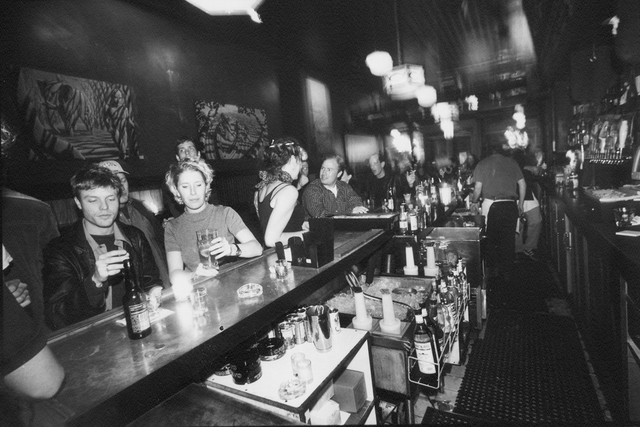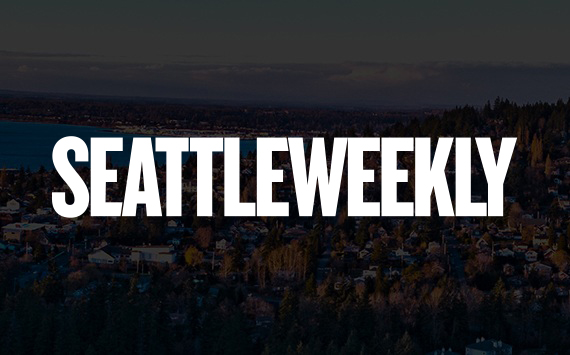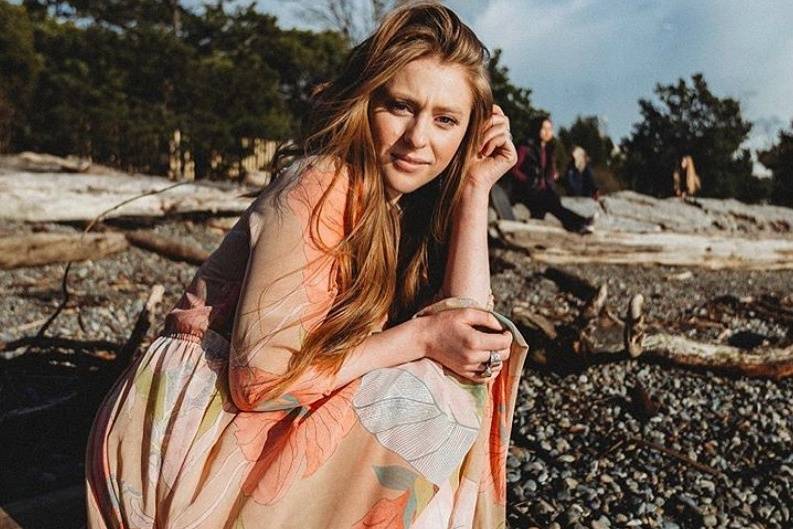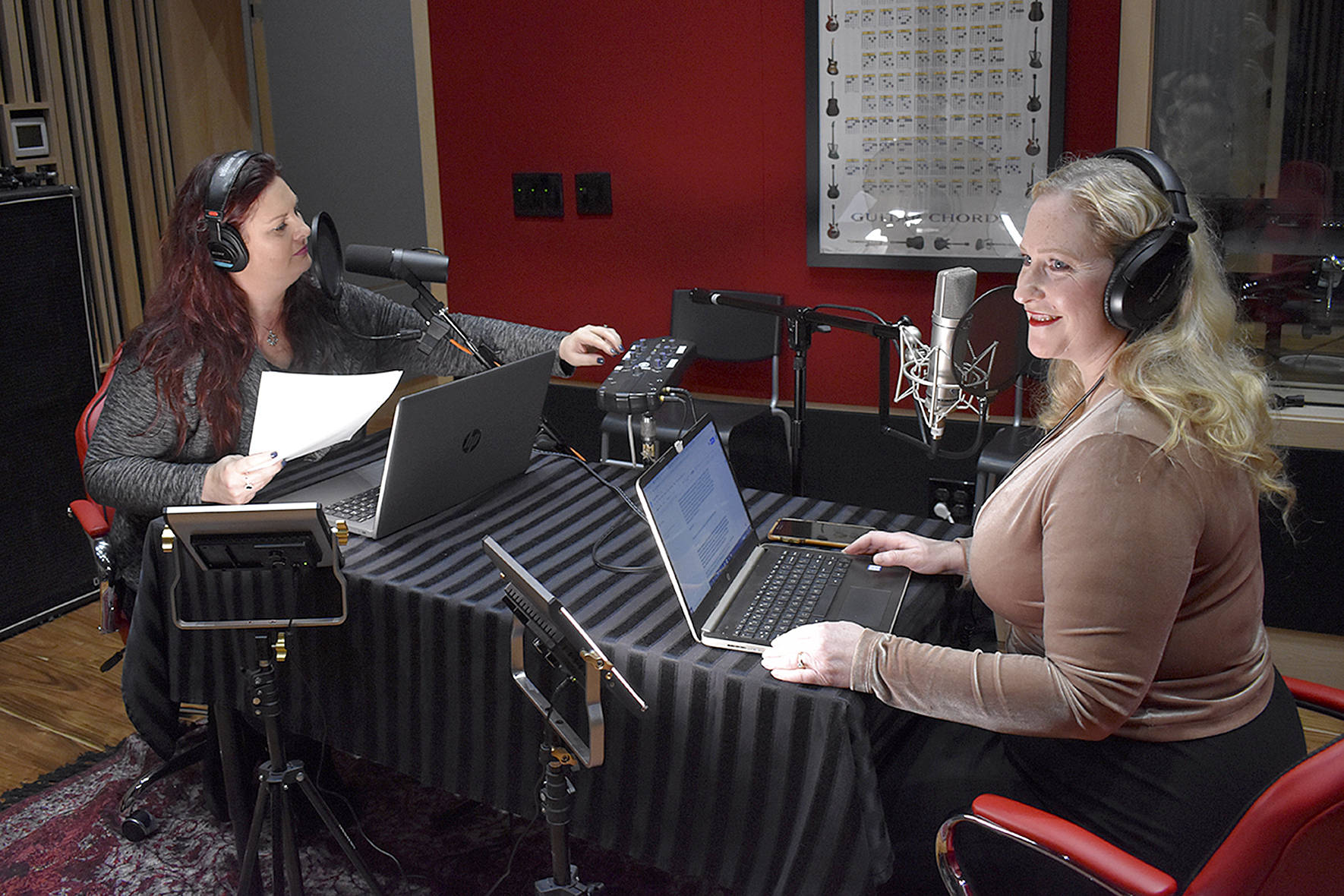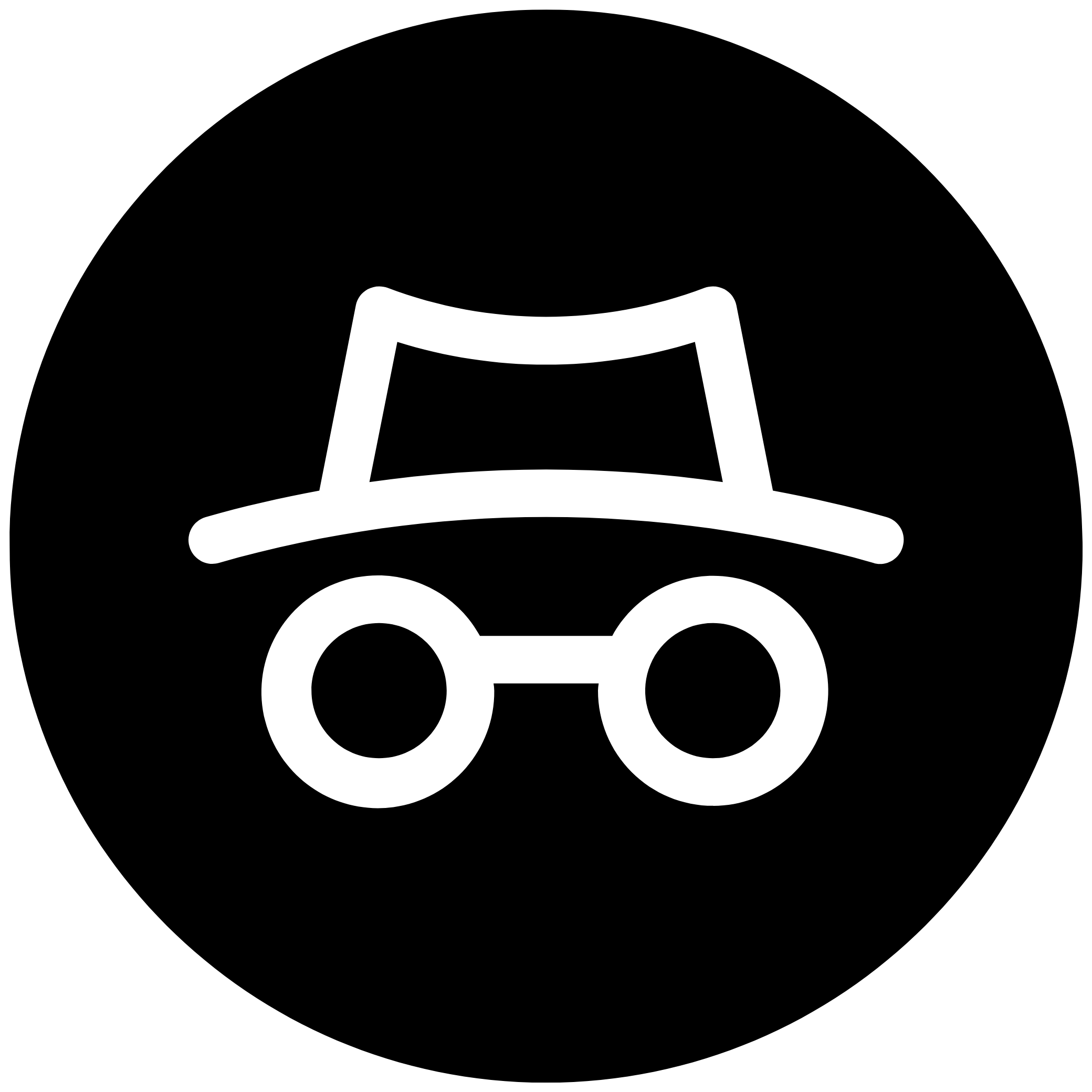Literature has its rich consolations, but most of us prefer the cheap ones—books that comfort us, books that while away the hours, books that skirt contact with our brains. The common thread among such books is that we know how they will turn out. Specific genres (mysteries, suspense, romances, cookbooks) promise specific endings (case solved, country saved, girl married, dinner burned). The natural order is reaffirmed.
A fan of such safe pleasures, I am delighted to have made a discovery: The girl-writer-makes-good genre. The GWMG arrives in memoir form, telling the tale of our heroine, who, against all (usually not very difficult) odds, becomes a writer. The small satisfactions along the way are legion, as these books are invariably beautifully written. We learn of the writer’s bookish youth, the gentle crises of her early life, her slow ascent to success. Usually her book is a slim volume, tidily designed, often with a cover portrait of the artist as a young girl. The prose can be equally tidy, but can also be erudite, hilarious, faux naive, incisive, worldly, oblique. In fact, the range of prose found in such books possesses all the variousness of literature itself.
So why aren’t these books literature? Because they are comfortable. Because they make spectacular beach reading. Because we know how they will turn out. The essential plot points—will she become a writer? How? When? Where?—are never very stressful for the reader. Proof of her publishability is in our hands: the book we are reading.
Mary McCarthy is the pioneer of the form, with Memories of a Catholic Girlhood, How I Grew, and Intellectual Memoirs. Eudora Welty sweetened things up a bit with One Writer’s Beginnings. And lately GWMGs have been swarming publisher’s lists. Mary Cantwell echoed McCarthy with a nice, round, anguished Catholic trilogy of her own: American Girl: Scenes from a Small-town Childhood; Manhattan, When I Was Young; and Speaking with Strangers, A Memoir. Carolyn See gave us a writer’s memoir—Dreaming—so wildly original and happily cadenced it almost slipped over the Maginot line into literature. Anne Fadiman’s breathtakingly intelligent Ex Libris and Lynne Sharon Schwartz’s Ruined by Reading told the life stories of writers as readers. And Ruth Reichl’s Tender at the Bone hustled the form into the kitchen.
I mean no sexism in singling out memoirs by women writers. It’s just that I would never—and I feel comfortable saying this categorically—read such a book if it were written by a man. (There was an ugly incident in my youth involving Russell Baker’s Growing Up.) Genre lit demands not analysis but identification: When I read Lawrence Block’s Matt Scudder mysteries I become a thuggish-yet-sensitive alcoholic PI; when I read Julia Child’s cookbooks I become a gigantic mallet-wielding freak. But in GWMGs, the heroines are already like me. To put it bluntly: They are me, only better. And that proximity is what makes the form so delicious. This is a more delicate relationship than a mystery or a cookbook, and I don’t want it trammelled by gender confusion. I suspect the audience for such books is almost entirely overeducated women with literary aspirations, secret or avowed, of their own.
Such books have been rendered all the more desirable by their rarity. How do you ask for more like them at the bookstore? “Give me more memoirs from women writers who write about their own writing careers, please” sounds downright unpleasant. The GWMG is like the perfect black T-shirt: You can’t describe it, but you know it when you see it.
Which is why the appearance of Wendy Lesser’s The Amateur is so important. Lesser has managed to write the first really ordinary GWMG. Lesser hits the high points, making you realize how often you’ve seen them hit before. The GWMG no longer seems fresh and surprising: It has become a genre. And Lesser’s book comes off as a highly literate, amusing, and even illuminating piece of hack work within that genre.
Through a series of linked, outward-looking essays, Lesser tells her life story. “Mr. Jones” is ostensibly about a high school teacher’s experiments in egalitarianism, but what Lesser really describes is growing up smart in 1960s Palo Alto. In turn, Harvard, Oxford, and, most exotically, 1970s California, are used as templates on which Lesser unobtrusively spells out her personal history. It’s all quietly, cleverly done: autobiography on little cat’s feet. The writing is strong, the observations intelligent (Lesser on her girlhood obsession with outer space: “Science fiction is the opiate of the atheists”). But despite its iconoclast’s point of view, The Amateur conforms strictly to the GWMG formula: Girl grows up in American provincial city blah blah blah, goes to Harvard blah blah blah, tries life in England blah blah blah, and, next thing you know, becomes a literary figure of note. What had seemed a highly idiosyncratic form has been revealed as quite the opposite: a genre with its own laws to be obeyed. Which is, as another self-made girl would say, a good thing.
Best of all, the happy ending, with Lesser a published author and the founder of The Threepenny Review, left me relaxed and unsurprised. I wished I was on a chaise lounge at the beach, the book face down on my chest as I dozed.
